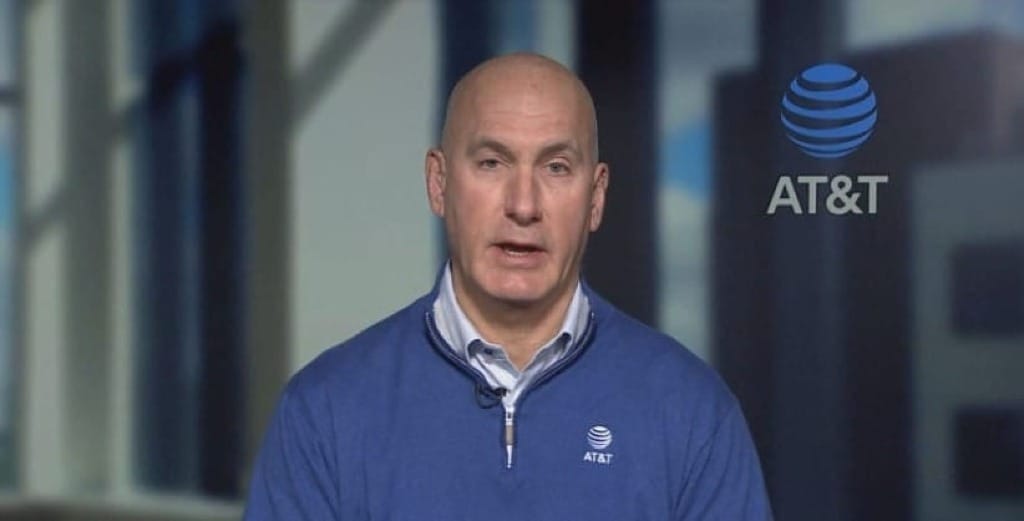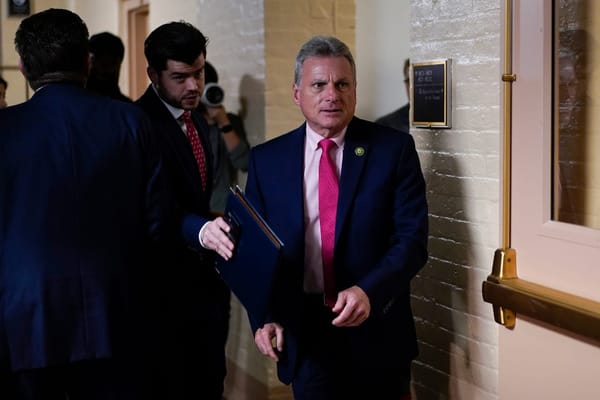AT&T CEO Eyes Lead Spot in U.S. Fiber Expansion
Stankey aims to position AT&T as the nation's top fiber provider.
Jericho Casper

WASHINGTON, September 10, 2024 – AT&T CEO John Stankey remains bullish on fiber.
At a Goldman Sachs conference Tuesday, Stankey said his company would push ahead with fiber “using every tool in the box,” even considering “public-private partnerships with the government.”
To rapidly accelerate its fiber expansion beyond its existing footprint, AT&T has so far employed a range of strategies, including full ownership, joint ventures, and third-party open access.
The company announced wholesale agreements with four open access fiber broadband providers on Monday that will allow it to offer AT&T Fiber and 5G wireless services to more customers.
That’s in addition to the company’s development of an open access network through its Gigapower partnership with investment firm BlackRock. Stankey said the initial investment with BlackRock, expected to reach 1.5 million customers, has exceeded that expectation.
"My scale ambition is to be first and biggest as we go through this,” Stankey said, reinforcing the company’s aggressive push into fiber as the backbone of its future connectivity strategy.
AT&T recently announced it was on track to exceed its goal of 30 million fiber passings by the end of 2025, potentially surpassing that target by as much as 15 million. The company currently serves more than 8.8 million AT&T Fiber customers and passes at least 28 million total consumer and business locations with fiber.
In markets where AT&T offers fiber, Stankey noted that customers' experience improved reliability and reduced churn when they subscribe to wireless and fiber Internet.
“Customers churn less when they have both wireless and fiber services bundled,” he explained, adding that the company sees a 500-basis-point improvement in market share in areas where fiber is available.
Looking ahead, Stankey emphasized that fiber deployment is a long-term, multi-decade play, likening the fiber rollout to the early stages of the wireless revolution. While AT&T currently serves 40% of its base with fiber, Stankey sees significant room for growth, both in footprint expansion and in increasing penetration within existing markets.
“This isn’t about what the numbers look like today,” Stankey said. “It’s about where we will be five years from now. We’re building the infrastructure that will define the future of connectivity.”










Member discussion